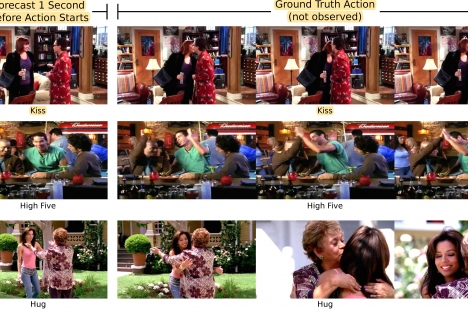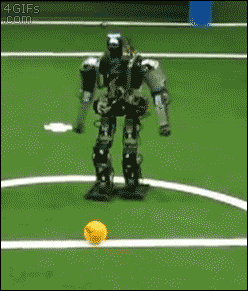Machine Learning in the Browser with Deep Neural Networks
A Visual Introduction
http://js-kongress.de 2016
What is machine learning?
Science of getting computers to act without being explicitly programmed

Applications of machine learning?
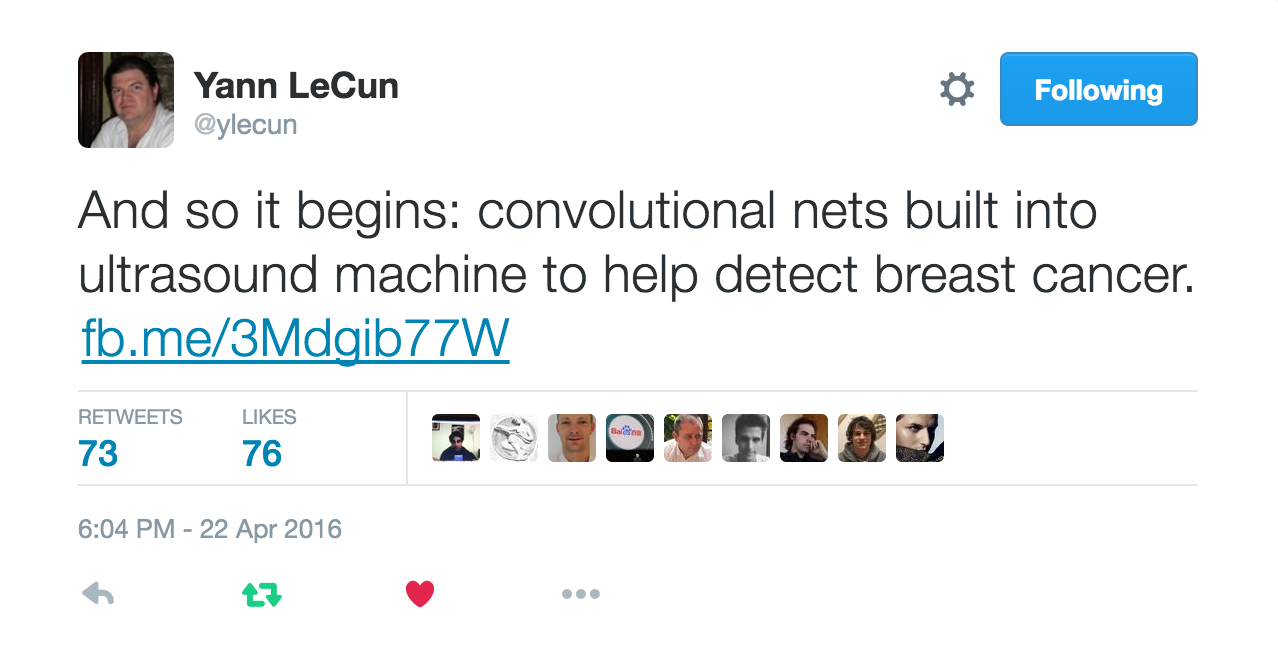
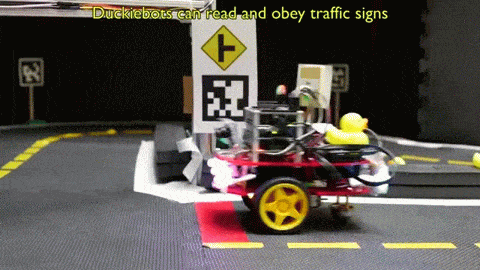
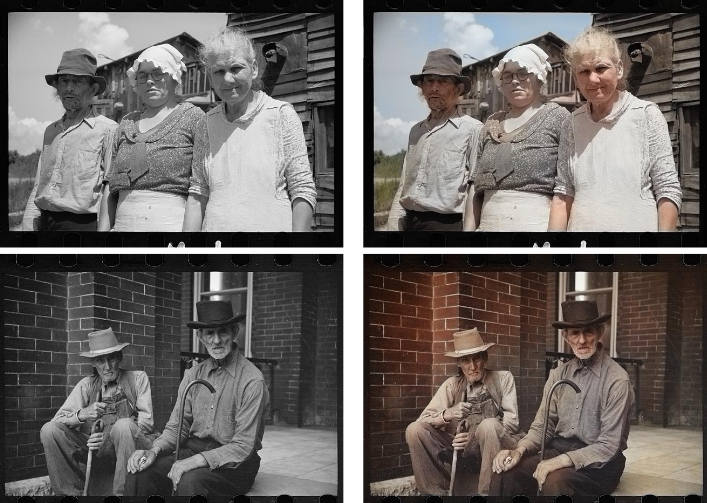
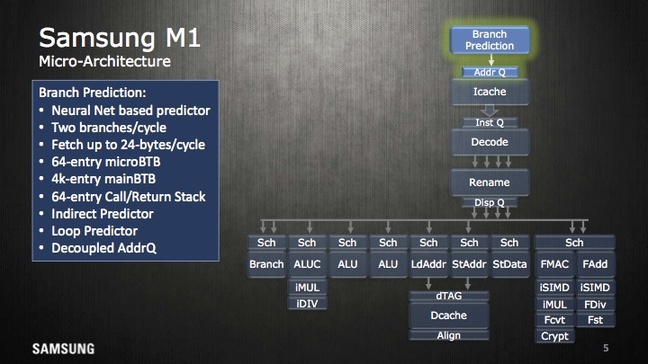

Why JavaScript for Machine Learning?
- Python and R are predominant
- Have a large and mature set of libs
- Are reasonably fast
- Using binding to C/C++ or Fortran
- JavaScript has benefits, though
- might be the language you are most comfortable with
- might be the only language around
- because all you have is a browser
- e.g. AI in browser based game
- zero installation, easy to get started
- combination with interactive visualizations
Machine Learning with JavaScript
- ConvNetJS: Visual NN exploration for learning (t-SNE cluster exploration from same auhtor)
- Brain.js : simple and straing forward NN implementation
- synaptic.js: similar scope as Brain.js, a bit more active
- ml.js: generic low level libs for machine learning
- neocortex.js runs pre-trained deep neural networks (Keras models)
- scikit-node : Wrapper for Python's scikit-learn (mainstream lib)
But for today: Introducing Deep Neural Networks
using interactive visualizations in the Browser
The perceptron - where it all begins
- mathematical model of a biological neuron
- creates a single output based on sum of many weighted inputs
- uses a activation function to create (a slightly) non-linear component
Implementing it in pure JavaScript
// Initial weights
let w0 = 3, w1 = -4, w2 = 2;
function perceptron(x1, x2) {
const sum = w0 + w1 * x1 + w2 * x2;
return activation(sum);
}
function activation(z) {
// in this case a sigmoid function (alt.: tanh, linear, relu)
return 1 / (1 + Math.exp(z * -1));
}
Visualizing what a neuron can do
can emulate most logic functions (NOT, AND, OR, NAND)
- output separates plane into two regions using a line
- such regions are called linearly separable
- can be trained by adjusting weights of inputs based on error in output

percepton training visualization (initial version provided as a courtesy of Jed Borovik)
XOR - What a neuron can NOT do
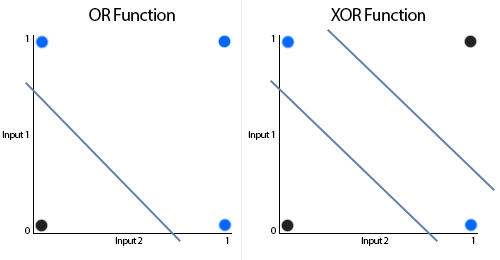
http://www.theprojectspot.com/tutorial-post/introduction-to-artificial-neural-networks-part-1/7
Because it would require two lines for separation
A single neuron is not very powerful
but becomes much more powerful when organized in a network
Introducing Feedforward Neural Networks
https://en.wikipedia.org/wiki/Feedforward_neural_network
Arraging many Neurons in layers

Using the Tensorflow Playground
Introducing our classification example
- dots are placed on a plane with a certain pattern
- two different kinds (either blue or orange)
- network shall learn that pattern
- uses a set of known dots for training
- then make predictions for dots it has not seen before


Is classification at all relevant?
Why would I care how to tell blue from organge spots?
Should a car break or not?
Does that look like breast cancer or not?
Should this pixel of a b/w picture be blue?
Does this look like a fraud transaction?
Will the machine code branch here?
First layers takes inputs

x and y coordinate of a spot in our example
Middle layer(s) called hidden layer(s)

Just a single layer containing 3 neurons
Output layer creates output
in our example using a single neuron, tanh activation

again combining all weighted lines to determine two categories: blue or orange?
Networks can learn

- you provide samples and the corresponding right answers
- errors between right answer and prediction are called loss
- they are propagated back to adjust weights of connections
- mathematically an optimisation (often Stochastic Gradient Descent)
Let's run it

Training and Loss
- data is separated into training and test data
- in image below: training: white border, test: black border
- training data is used to train neural network
- both test and training data are used to check accuracy of prediction
- loss is to be minimized



Overfitting
training loss low, test loss much higher

NN model is too specific to training values, not general enough
Deep Neural Networks?
- theoretically: a single hidden layer can approximate any continuous function
- however: we do not know how to effectively train such a (large) single layer
- in practice: having multiple (smaller) layers allows for effectively training a network
Deep Neural Networks: More than one hidden layer

each neuron in one layer feeds all neurons in the next layer
That's it more or less for fully connected feed forward networks
Main Challenge: What is the best configuration for a given problem?
That means what architecture: How many layers, how many neurons, which activation function?
Solution: Try it out ...
... using searches over a set of hyper-parameters (might be expensive)
Or: use a pre-trained network (by people who have done that job for you already)
Convolutional Networks
special networks to process images
using different kinds of specialized layers
often used with pre-trained models
Google Inception Convolutional Network architecture to classify images

Intuition for Convolutional Networks
E.g. to recognize dogs (again a classification problem)

using an internal representation like

https://auduno.github.io/2016/06/18/peeking-inside-convnets/
Sometimes it is not that easy...
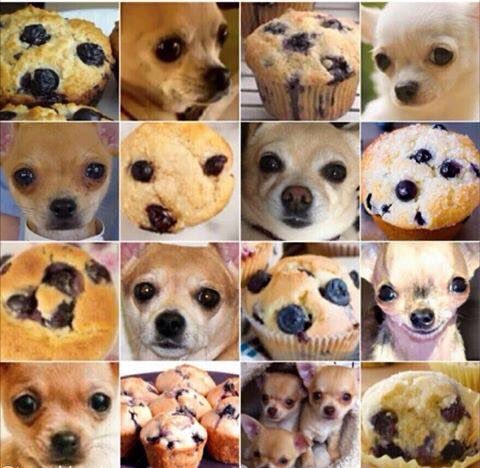
Dog vs Muffin
TensorFlow finds the Chihuahua!
TensorFlow is the full version of the Playground

Chihuahua (score = 0.68340)
Pomeranian (score = 0.02451)
Pekinese, Pekingese, Peke (score = 0.00751)
toy terrier (score = 0.00716)
beagle (score = 0.00645)
Using the pre-trained Inception model
It even found out about my secret ...

